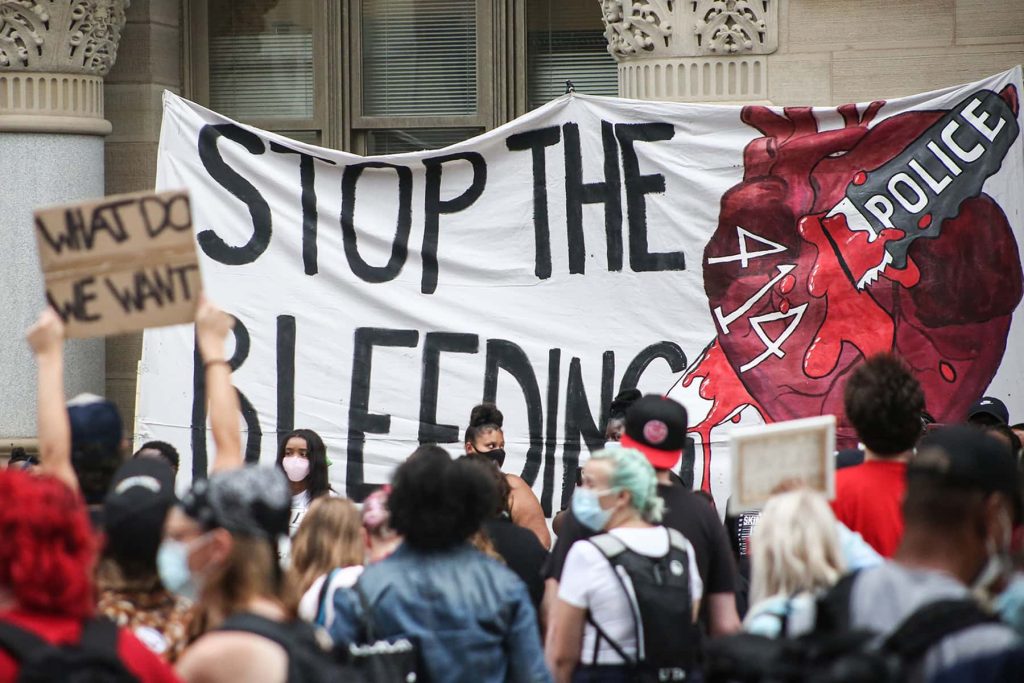
The number of prescription opioid pills shipped in the U.S. in the second half of the 2010s decreased sharply even as a nationwide overdose crisis continued to deepen, according to data released in September.
The decline in painkiller prescriptions — finally dropping below the quantities sold in the mid-2000s when the overdose epidemic accelerated — happened after state and federal governments tightened prescribing guidelines and state, local and Native American tribal governments sued the industry over the toll of the addictive drugs.
“We are still at an epidemic proportion of pills,” Peter Mougey, a lawyer representing governments that are suing drugmakers, distribution companies and pharmacies, said in an online news conference to release the data.
The distribution data is being released by lawyers after a judge ordered the U.S. Drug Enforcement Administration to share it with the plaintiffs. The governments assert that the companies should have done more to stop the flow of opioids when they saw that more than necessary were flowing to pharmacies and patients.
The lawyers obtained the updated data from the DEA’s Automation of Reports and Consolidated Orders System, or ARCOS, as part of their lawsuits. It showed that in 2019, 8.8 billion dosage units — pills, patches, lollipops — were shipped for 12 common opioids. That’s just over half as many doses as the peak of shipments in 2010, when nearly 16 billion doses were moved.
Lawyers also noted that the strongest doses of pills from before are no longer on the market.
But Mougey pointed out that as prescription drug shipments decreased, illicit opioids — particularly heroin and illegally produced versions of fentanyl — increased. And the number of deadly overdoses continued to climb.
The first public release of data four years ago was more dramatic, showing how the prescribing and shipping of powerful prescription opioid painkillers increased through the late 2000s and early 2010s. During that time, prescription drugs were the opioids linked to the most deaths in the U.S.
The data showed how doctors were prescribing more powerful pills, even as the deaths added up. And it showed just how pervasive the drugs were: Each year, drug companies were shipping enough pills for everyone living in some counties — mostly in Appalachia — to have more than a 100-day supply.
The newly released data is the first deep look at what happened with prescription drug shipments later in the 2010s. But the story of the overdose crisis from that time forward is well documented and dire.
By the early 2010s, policymakers and doctors were restricting access to prescription opioids. People who had become addicted looked for other sources and found them in illicit pills, which are often counterfeit, and other street drugs. Heroin deaths increased dramatically, and so did those from illicit and potent synthetic opioids such as fentanyl, which are often added to other drugs by dealers.
The fentanyl-driven crisis is more deadly than any other drug tragedy the nation has ever seen. In 2010, opioids were linked to just over 21,000 deaths in the U.S. In 2022, the opioid-related death toll was more than 82,000.
Cleveland-based U.S. District Judge Dan Polster, who is overseeing evidence in all the lawsuits in federal courts, previously required that the data from 2006 through 2014 be shared. The Washington Post and HD Media, a company that owns newspapers in West Virginia, went to court to seek the information, which was released publicly beginning in 2019.
The lawsuits are now in a very different place. Some have gone to trial, with mixed results. But most of the key companies have reached settlement agreements that will total more than $50 billion if they’re all finalized. That includes up to $6 billion from members of the Sackler family, who own OxyContin maker Purdue Pharma. That settlement is on hold while the U.S. Supreme Court reviews it.
Just last week, the Kroger Co., a supermarket chain that operates in 35 states, agreed to pay up to $1.4 billion in settlements.
Most of the settlement funds are required to be used to combat the opioid epidemic.
In his July ruling ordering that more recent data be shared, Polster remarked that making the earlier tranche public “was both wise and monumental” because it helped lead to the settlements. “It is fair to say none of this would have been possible without production of the ARCOS data,” Polster wrote.














